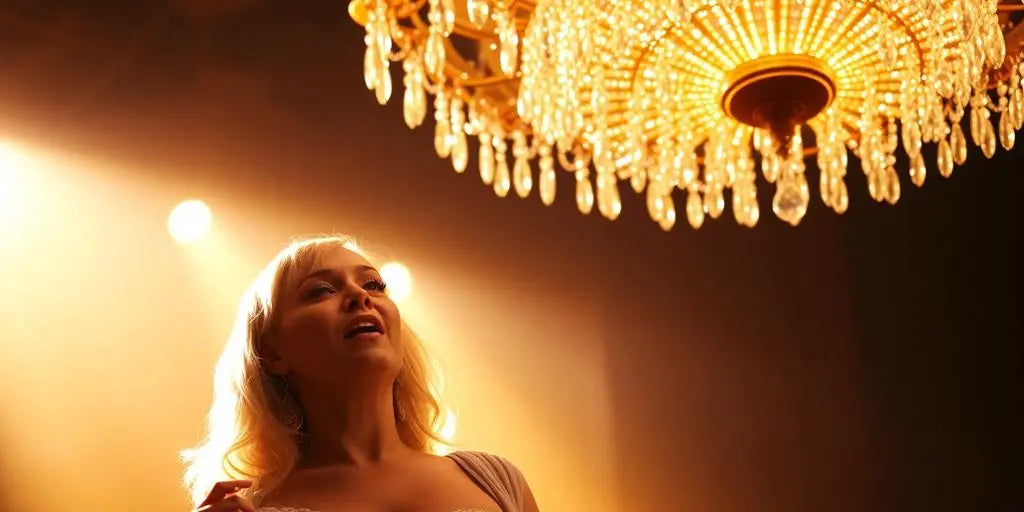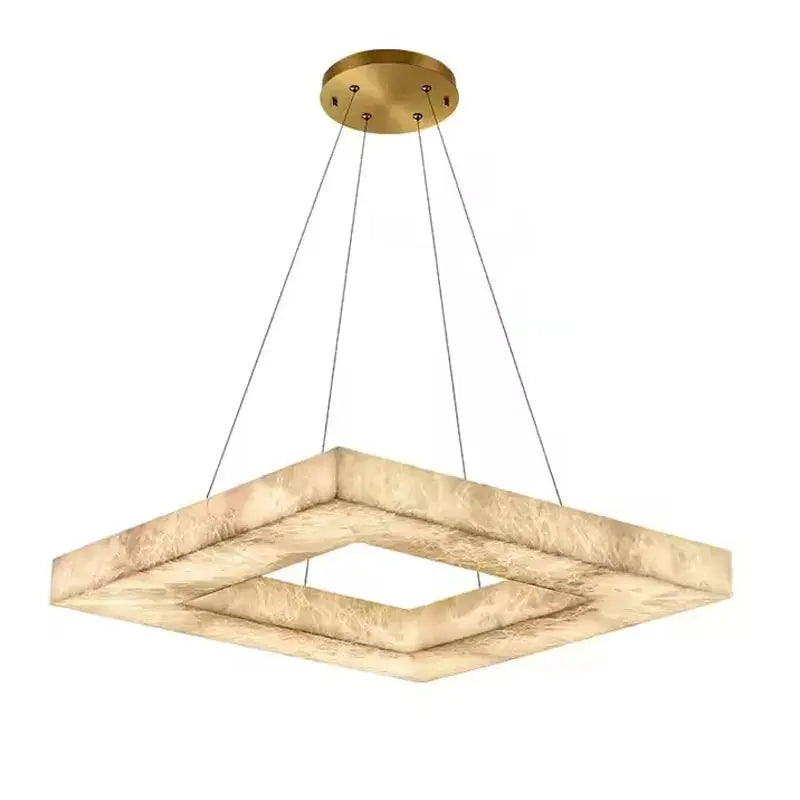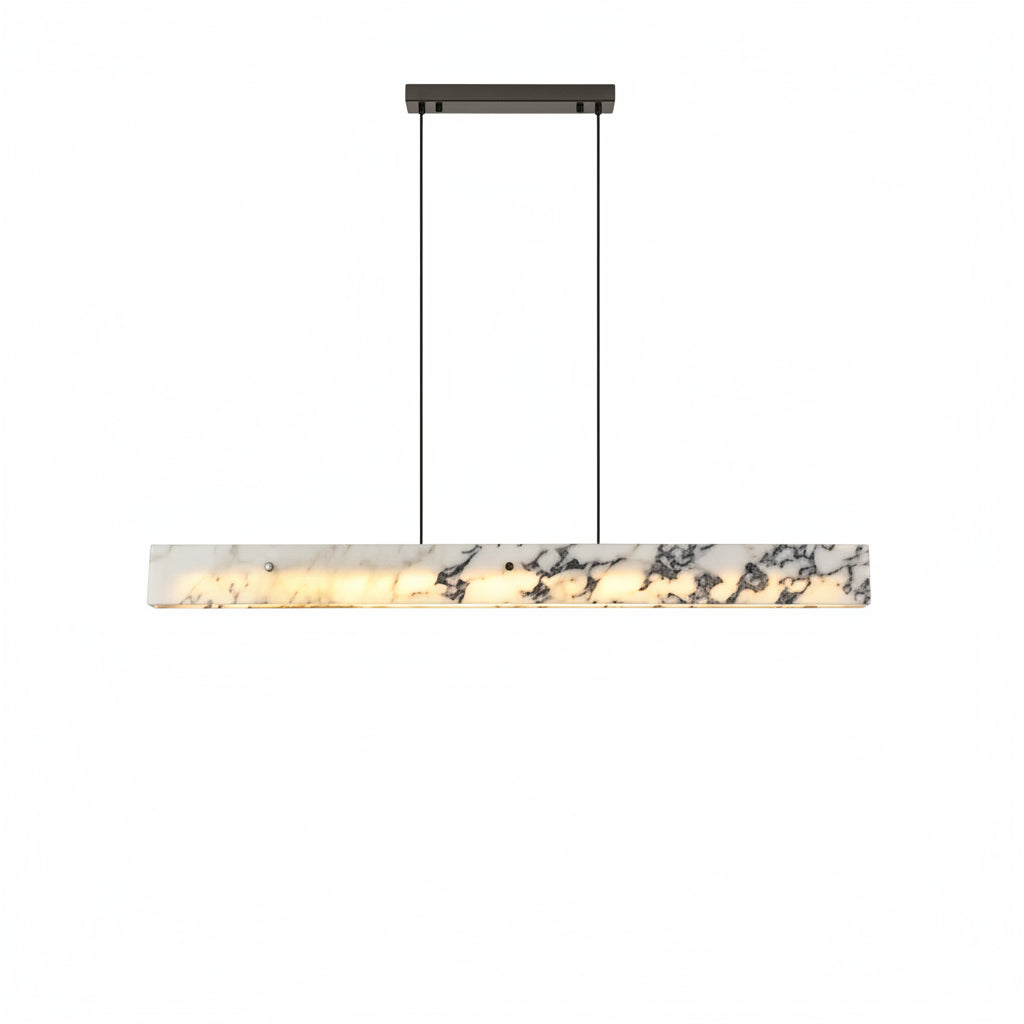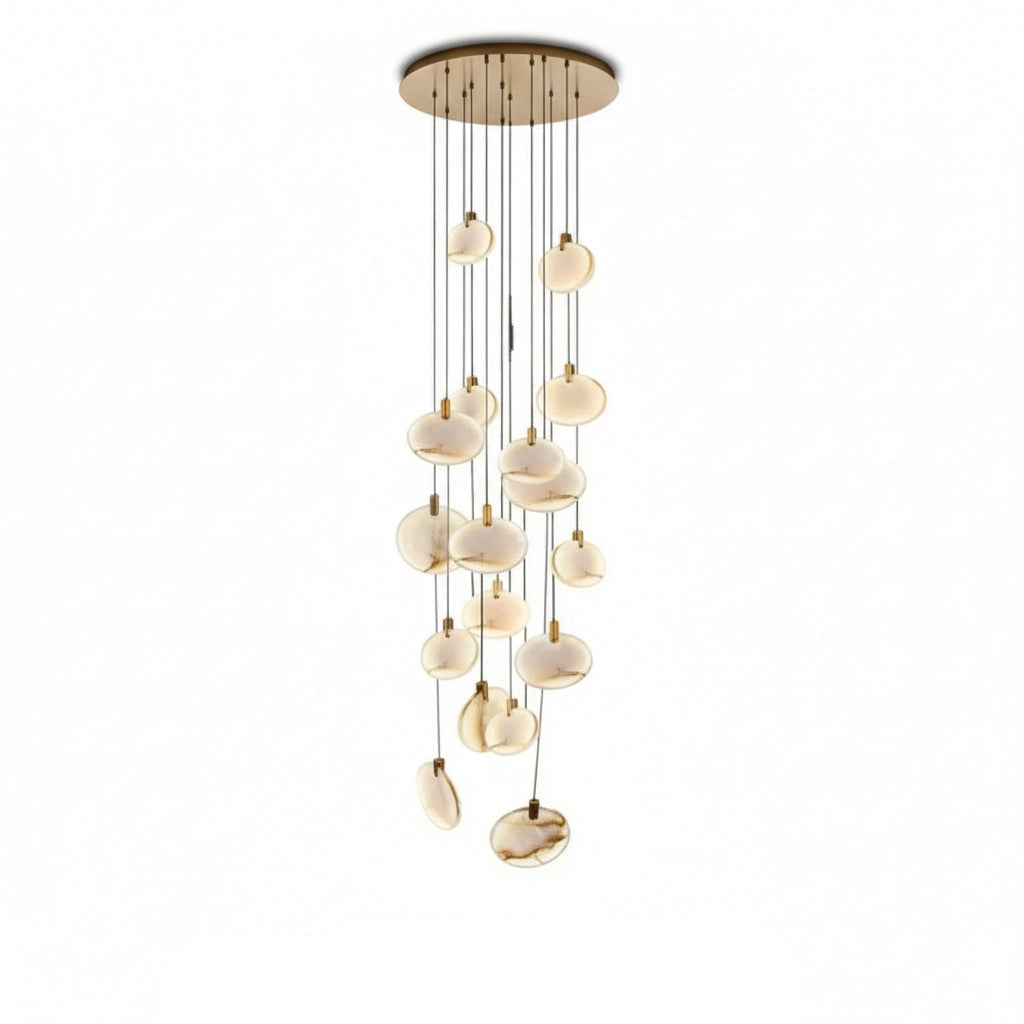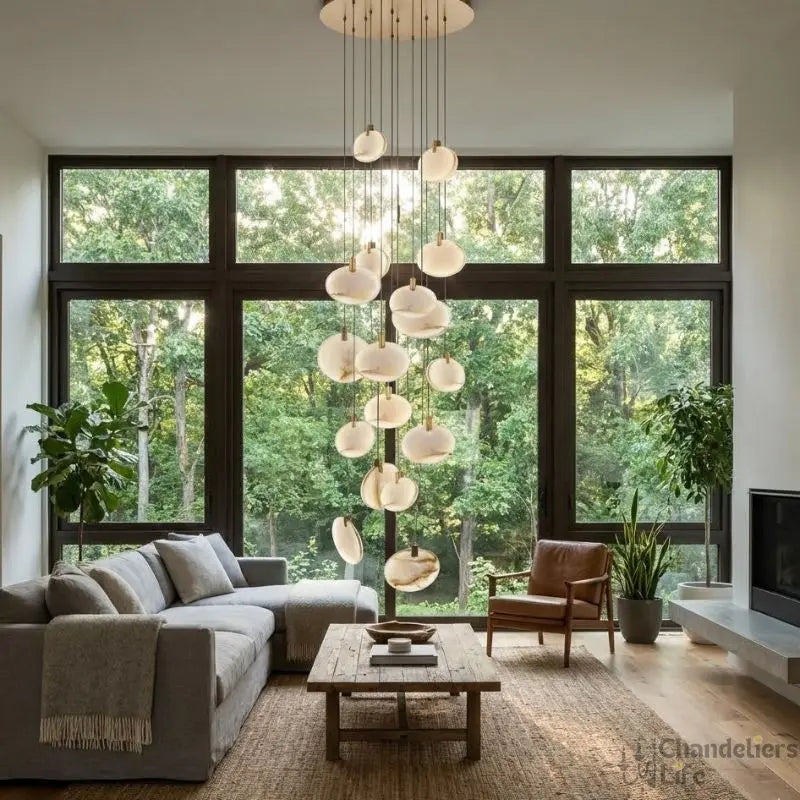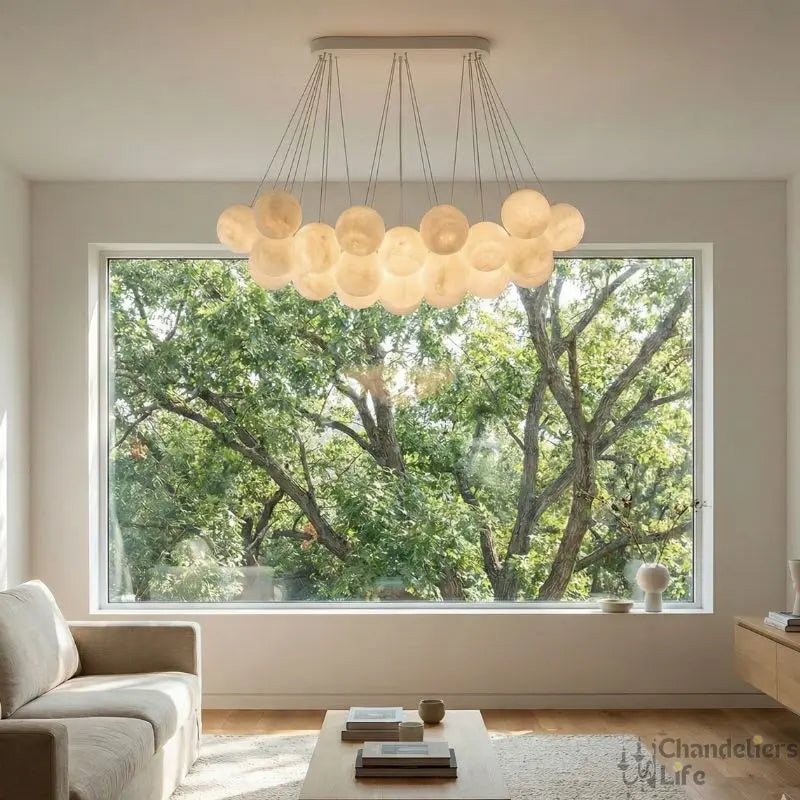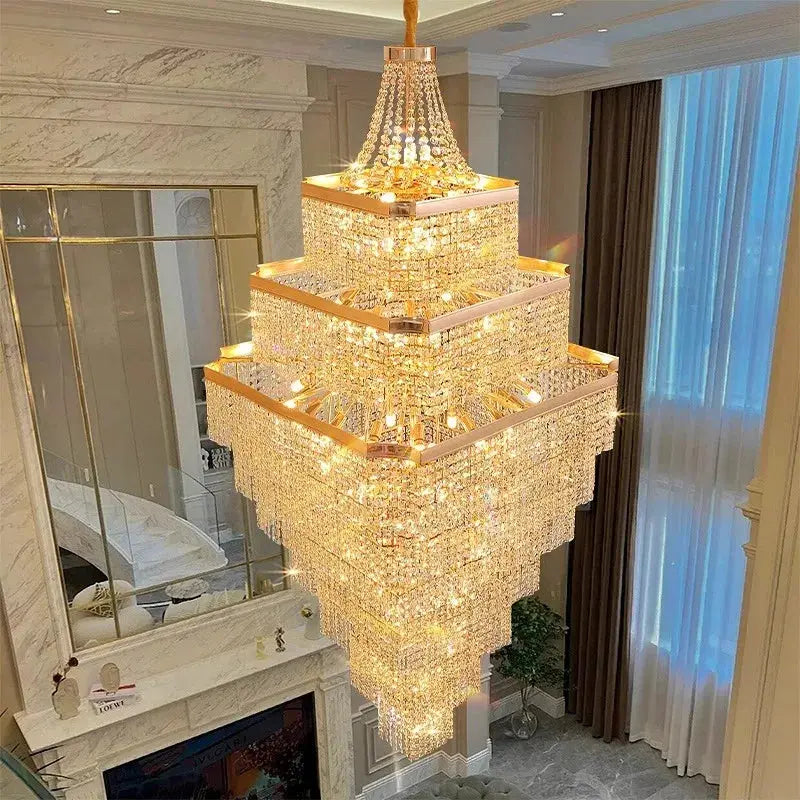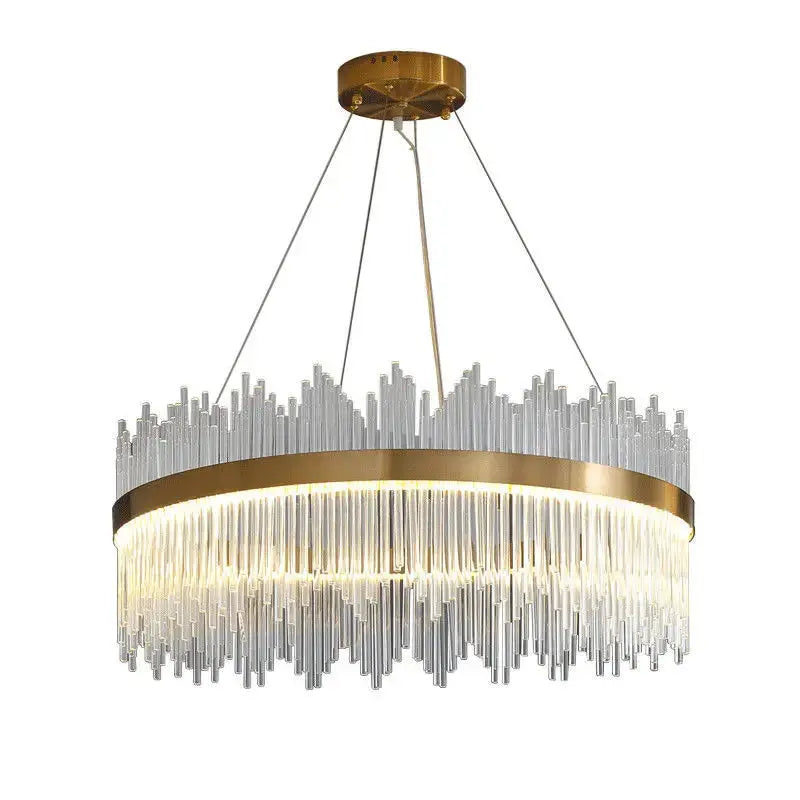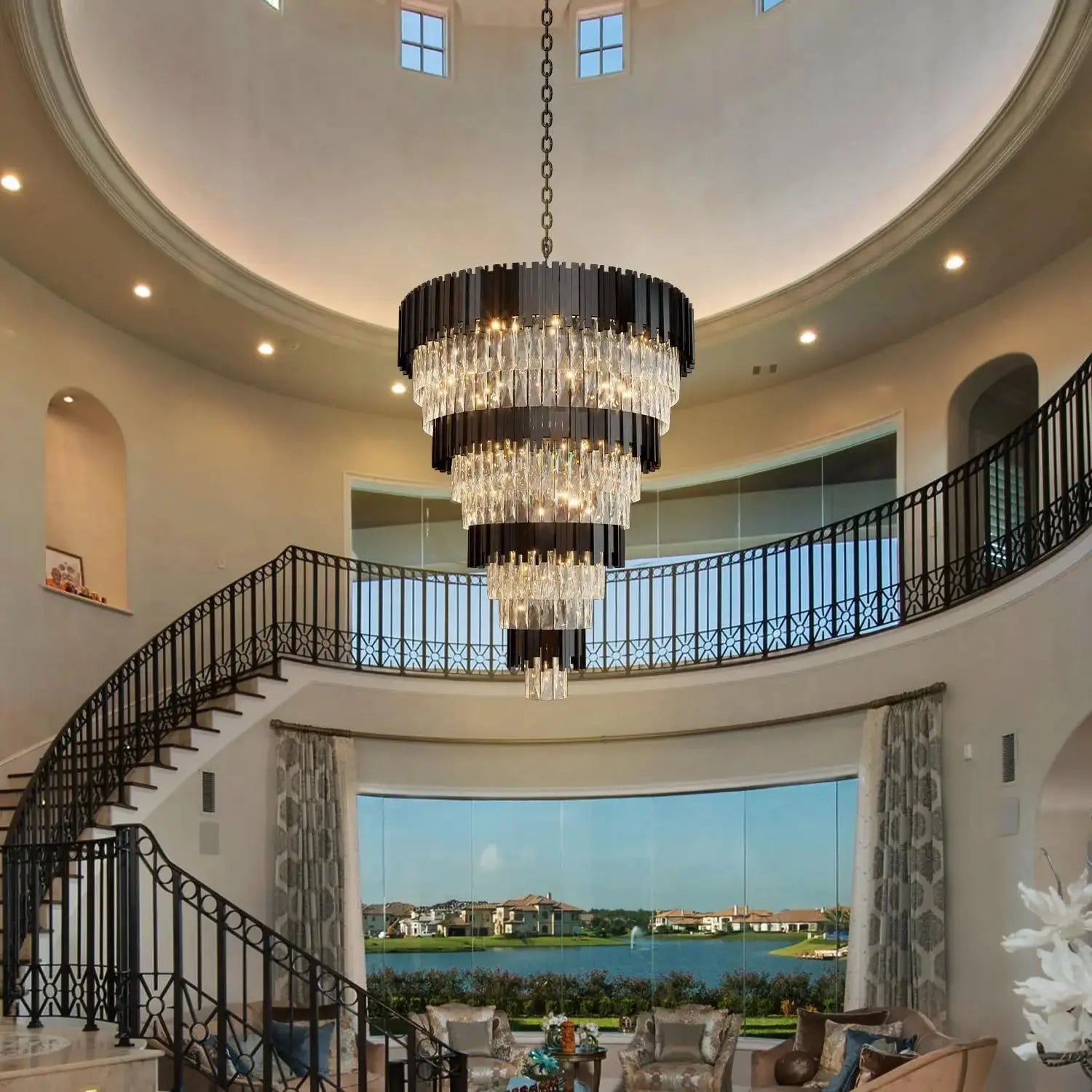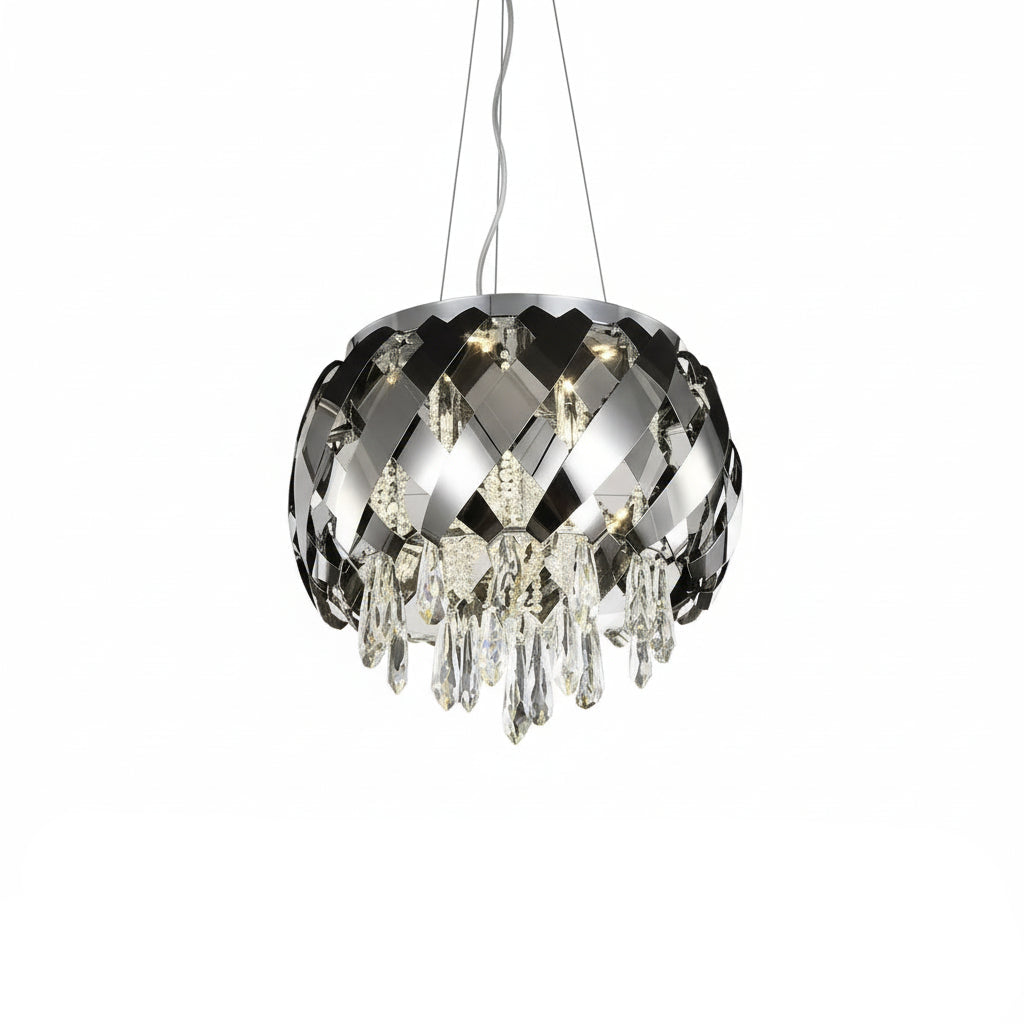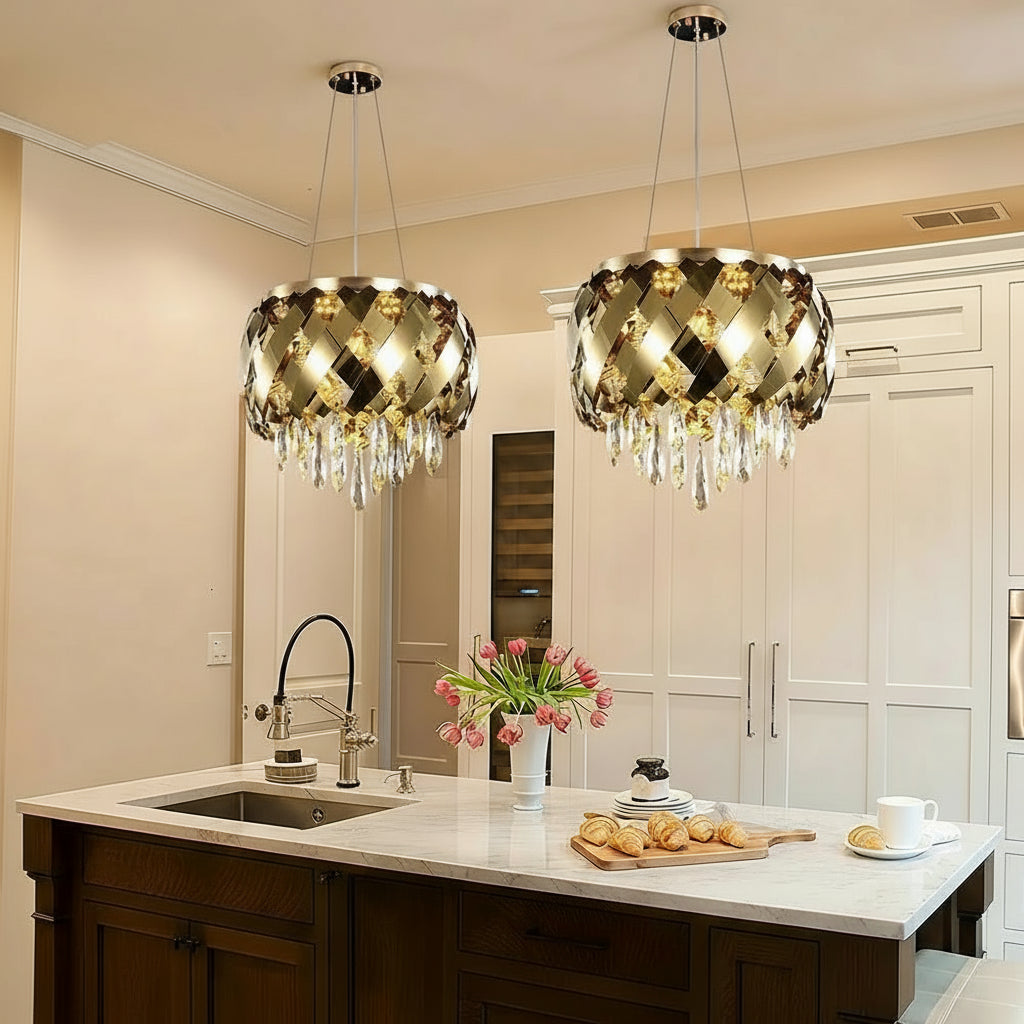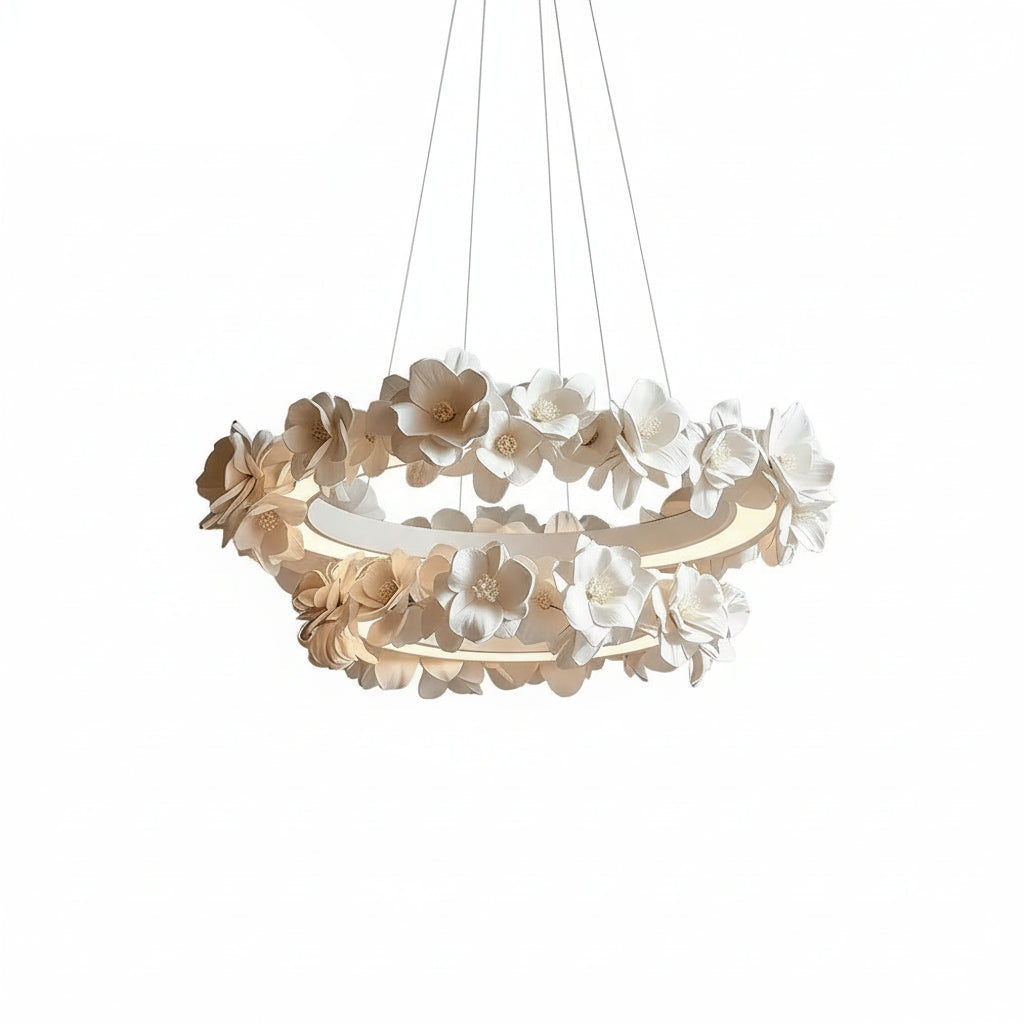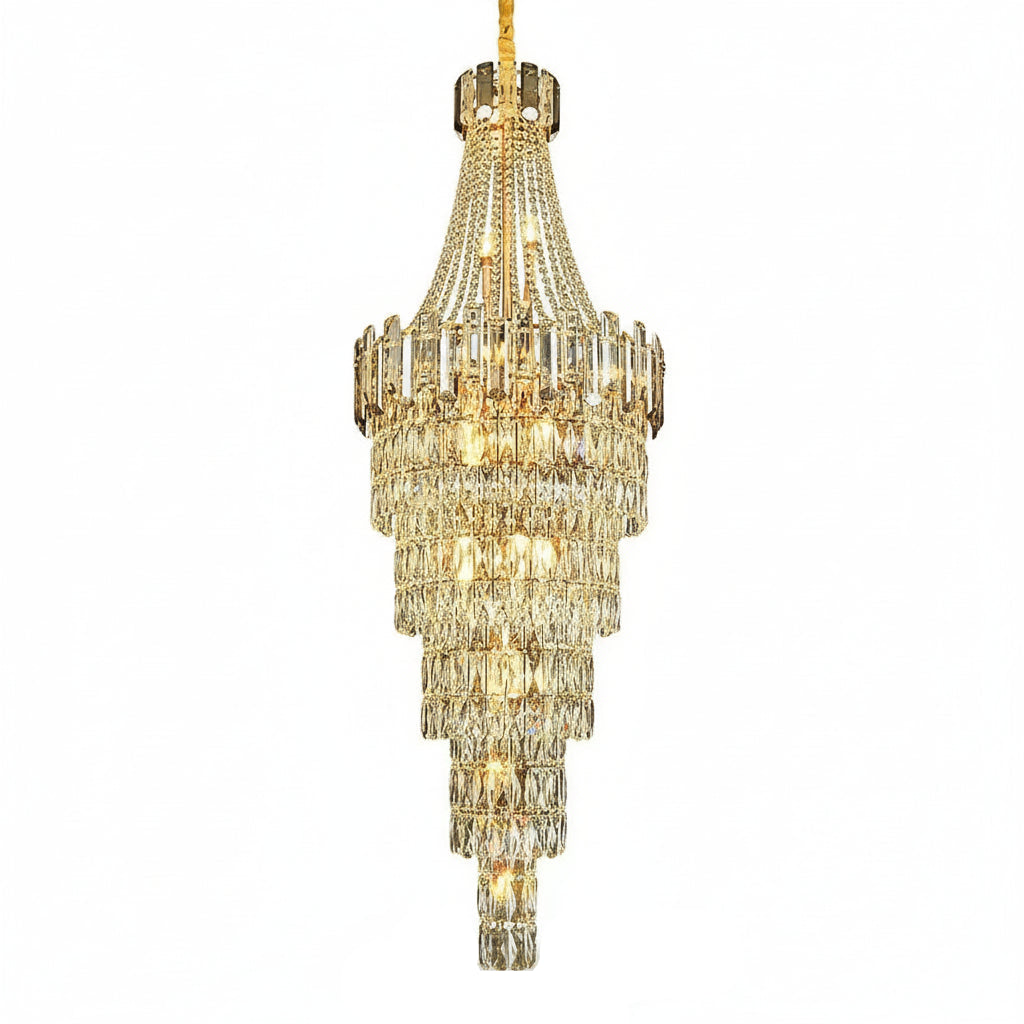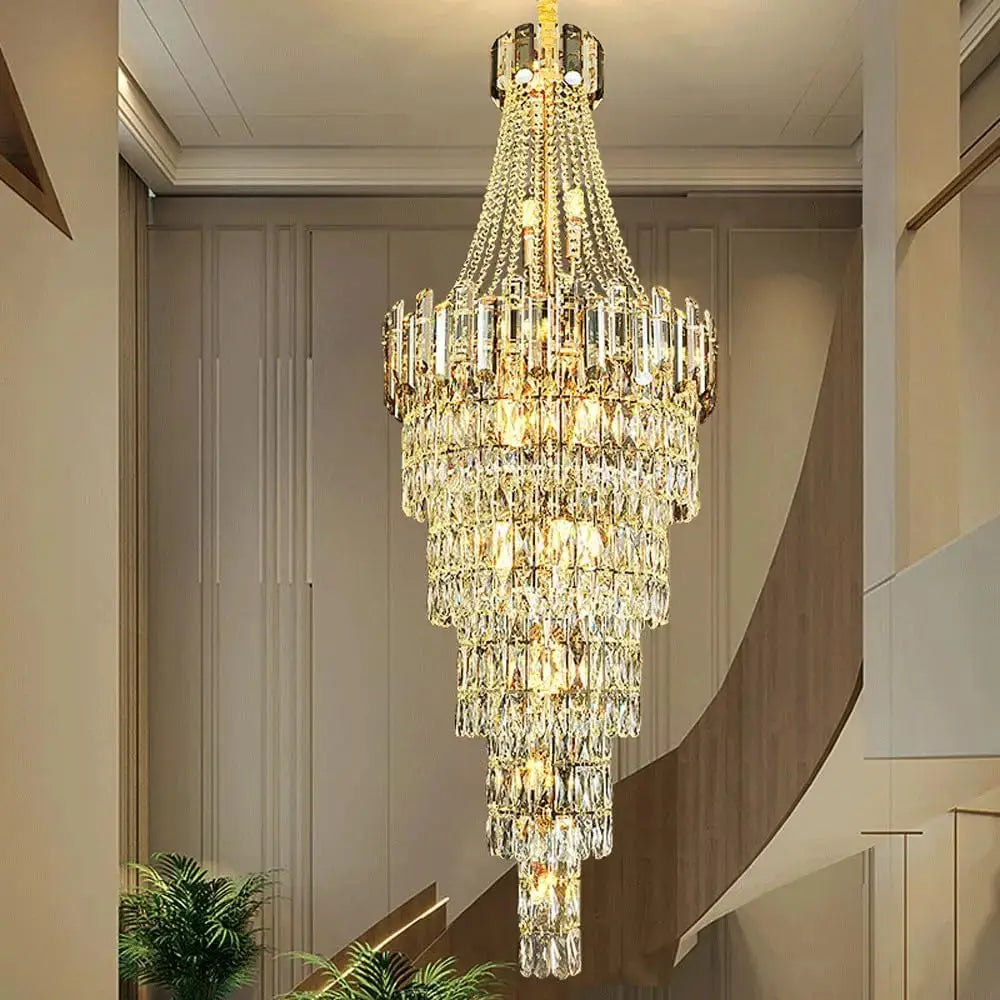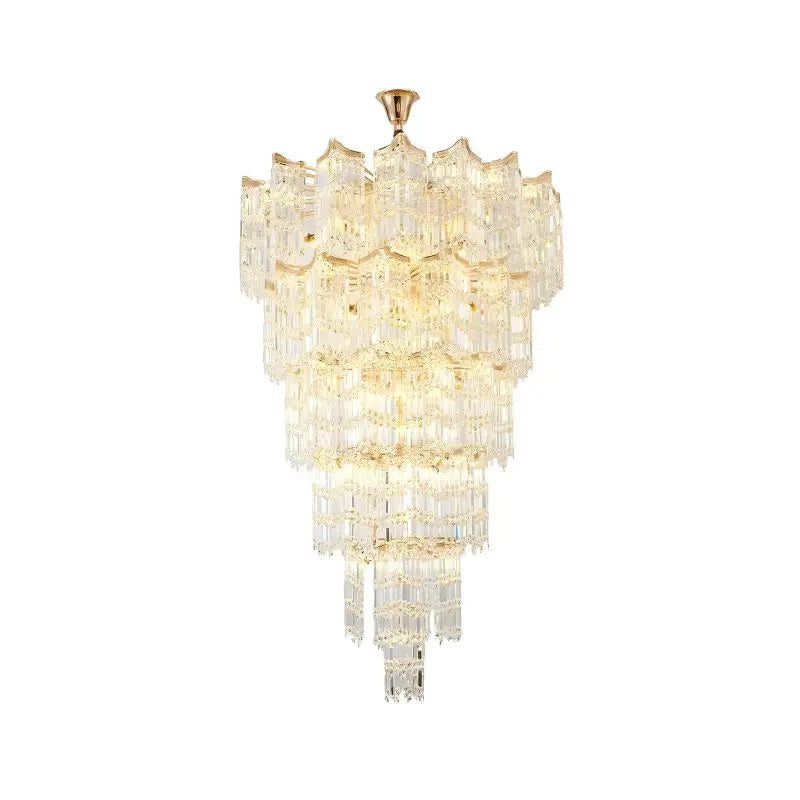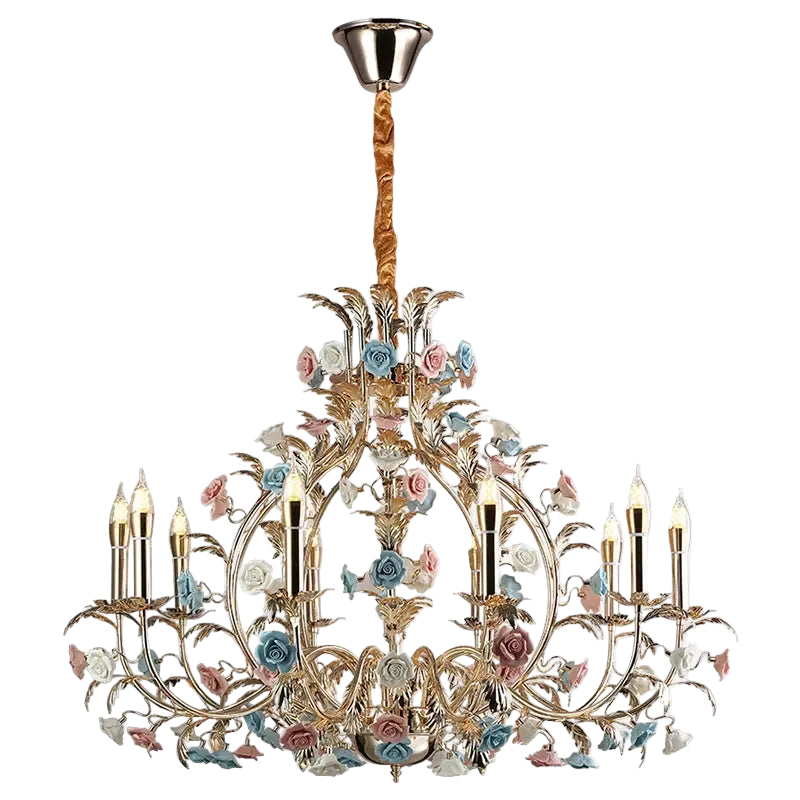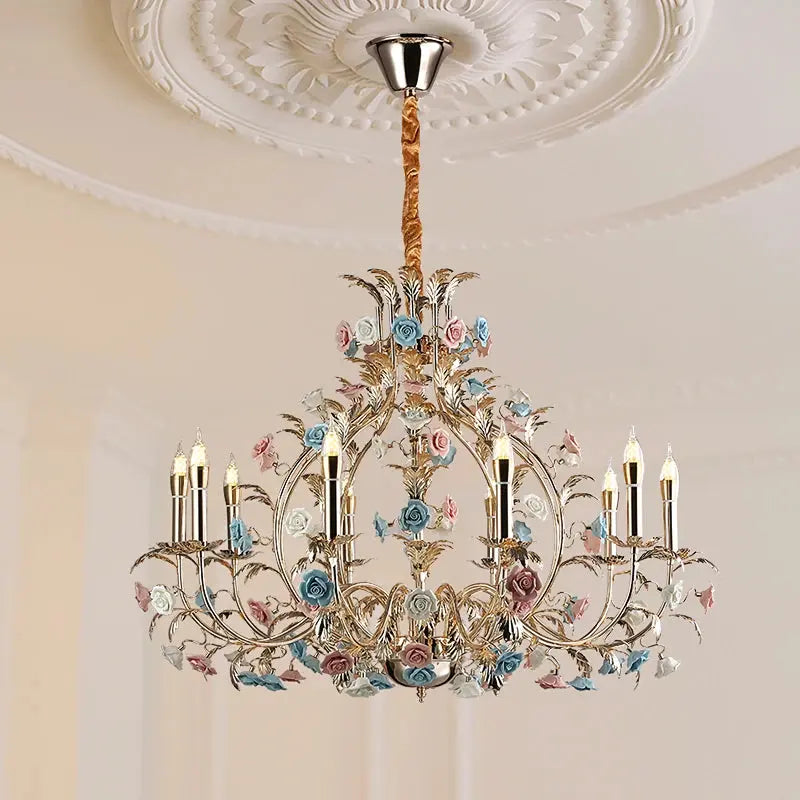Sia's song 'Chandelier' really struck a chord with people when it came out. It's got that catchy tune that makes you want to sing along, but the words tell a different story. Many fans and critics have dug into the chandelier song meaning, seeing it as a raw look at addiction and the tough side of fame. This song, along with Sia's unique artistic choices, has opened up conversations about mental health, self-expression, and what it means to be real in the spotlight.
Key Takeaways
- The chandelier song meaning is often interpreted as a candid exploration of addiction, specifically binge drinking, and the struggles that come with it.
- Sia uses lyrical dissonance, pairing an upbeat, singalong melody with dark, confessional lyrics, to highlight the contrast between outward appearance and inner turmoil.
- The iconic music video, featuring Maddie Ziegler and co-directed by Sia, visually represents the song's emotional core, depicting a powerful struggle.
- Sia's artistic persona, often involving wigs that obscure her face, emphasizes her focus on music and message over physical appearance, challenging beauty standards and promoting individuality.
- The song and Sia's journey have become an anthem for resilience and vulnerability, encouraging listeners to embrace their struggles and find strength in authenticity, helping to break down mental health stigma.
Unpacking the Chandelier Song Meaning
A Song About Addiction and Binge Drinking
Sia's "Chandelier," released in 2014, is a raw and powerful exploration of addiction, specifically focusing on the cycle of binge drinking. The lyrics paint a vivid picture of someone battling an overwhelming urge to party and drink until they can't remember who they are, only to wake up the next day with regret. The song doesn't shy away from the darker aspects of this struggle, depicting the desire to "dance until you cry" and the eventual fall from grace, symbolized by the chandelier itself. It's a confessional anthem that captures the desperate, often self-destructive, behavior associated with severe addiction. The song's honesty about wanting to escape reality through intoxication is palpable, making it a relatable, albeit somber, portrayal for many.
Lyrical Dissonance: Upbeat Music, Dark Themes
One of the most striking aspects of "Chandelier" is its lyrical dissonance. The music itself is incredibly upbeat and catchy, almost celebratory, which creates a stark contrast with the deeply melancholic and serious themes of addiction and despair in the lyrics. This juxtaposition is a deliberate artistic choice, highlighting how someone struggling with addiction might try to mask their pain with outward revelry. It’s a clever way to represent the internal conflict, where the desire to numb the pain through partying clashes with the underlying sadness and self-loathing. This contrast makes the song both compelling and unsettling, drawing listeners in with its energy while simultaneously conveying a profound sense of struggle. It’s a prime example of how music can convey complex emotions through unexpected pairings.
The Cathartic Anthem of 'Chandelier'
Despite its dark subject matter, "Chandelier" has become a cathartic anthem for many. The sheer power and emotional delivery in Sia's vocals, combined with the song's soaring chorus, allow listeners to release their own pent-up emotions. It’s a song that people can scream along to, finding a sense of release and solidarity in shared experiences of struggle, whether it's addiction, heartbreak, or general life difficulties. The music video, featuring Maddie Ziegler's incredible performance, further amplifies this catharsis by visually representing the song's emotional core. The song offers a sense of validation, letting people know they aren't alone in their battles. It transforms a personal struggle into a collective experience, making it a powerful tool for emotional expression and healing. The song's ability to resonate so deeply speaks to its universal themes of pain and the human desire for release, much like the challenging installation of a crystal invisible ball chandelier, which, despite its difficulty, results in a stunning visual.
Sia's Artistic Persona and Identity
Sia's approach to her public image is as distinctive as her music. She's crafted an artistic persona that deliberately shifts the focus from her physical appearance to her creative output. This isn't just about a quirky fashion choice; it's a statement about artistic integrity and personal boundaries in the often overwhelming world of celebrity.
The Meaning Behind the Wig
Sia's signature wig, often large and obscuring her face, is more than just a costume. It acts as a shield, allowing her to express raw emotion and vulnerability in her music without the intense scrutiny that often comes with being a public figure. She's spoken about how this allows her to separate her personal life from her professional one, creating a necessary boundary. It’s a way to maintain privacy in an industry that thrives on constant visibility, letting the art speak for itself. This choice has really made people think about what it means to be an artist and how much of oneself needs to be on display.
Focus on Music Over Appearance
By consistently hiding her face, Sia actively redirects attention to her songwriting and vocal performances. This deliberate choice challenges the music industry's frequent emphasis on looks. Listeners are encouraged to connect with the emotional depth and lyrical honesty of her songs, rather than being distracted by conventional beauty standards. It’s a powerful statement that talent and message should be the primary focus, a sentiment that has clearly resonated with many fans who feel similarly pressured by societal expectations.
Challenging Beauty Standards
Sia's entire artistic presentation is a quiet rebellion against the often rigid and narrow beauty standards prevalent in popular culture. Her willingness to obscure her face, coupled with her powerful and often emotionally charged music, sends a strong message about self-acceptance and individuality. It suggests that true worth isn't tied to conforming to external ideals, but rather to embracing one's unique self. This approach offers a refreshing perspective, especially for younger audiences who are constantly bombarded with curated images online. It’s a reminder that you can be celebrated for your talent and your voice, regardless of how you look. Her music, like "Chandelier," often explores difficult themes, and this persona allows her to share those experiences authentically, making her a relatable figure for many who have faced their own struggles. It’s a testament to how art can be a powerful tool for self-expression and connection, even when the artist chooses to remain somewhat anonymous, like a long stair chandelier that draws the eye with its presence but doesn't reveal the whole house at once.
Themes of Resilience and Vulnerability

Sia's music, particularly "Chandelier," really digs into the tough stuff. It’s not just about having a good time; it’s about facing down some serious personal battles. Her willingness to be open about her struggles with addiction and mental health is a huge part of what makes her so relatable. It shows that even when things are really dark, there's a way to keep going.
Embracing Vulnerability as Strength
It’s easy to think that showing weakness is a bad thing, but Sia flips that idea. By putting her raw emotions out there in her songs, she’s showing that being vulnerable isn't about being fragile. It’s actually a sign of real strength. It takes guts to admit you’re hurting or that you’re dealing with something difficult. This honesty helps break down the walls that people often put up around their own feelings.
Overcoming Addiction and Mental Health Struggles
"Chandelier" paints a picture of someone trying to escape their problems through partying, but it’s clear that this isn't a real solution. The song captures that feeling of wanting to numb the pain, but also the emptiness that comes afterward. Sia’s journey, as reflected in her work, is about finding healthier ways to cope and heal. It’s a reminder that recovery is a process, and it’s okay to ask for help. Her music offers a kind of comfort to others going through similar experiences, letting them know they aren't alone in their fight.
Breaking the Stigma of Mental Health
By talking openly about her own experiences with addiction and mental health, Sia is doing something really important: she’s helping to end the stigma. For too long, these issues have been whispered about or ignored. But when someone as famous as Sia shares her story, it makes it easier for everyone else to talk about it too. This kind of open conversation is what helps people feel less ashamed and more willing to seek the support they need. It’s like she’s saying, it’s okay to not be okay, and it’s definitely okay to get help. Her music, much like the intricate design of a crystal chandelier, can illuminate difficult truths and bring a sense of shared experience.
Sia's Impact on Self-Expression

Sia's approach to fame and artistry really makes you think about what it means to be yourself in the public eye. She's managed to create this whole persona where the focus is squarely on her music, not so much on what she looks like. It’s a pretty bold move, especially these days with social media always pushing us to show our faces and our lives.
Encouraging Individuality and Authenticity
Her choice to wear wigs and keep her face hidden, like in the "Chandelier" music video, isn't just a quirky style choice. It’s like she’s saying that your true self isn't about your appearance. It’s a powerful message, especially for young people trying to figure out who they are. It encourages everyone to be okay with just being themselves, whatever that looks like. It’s a reminder that what you create and how you feel is way more important than fitting into some mold.
Finding Strength in Vulnerability
Sia’s music, including "Chandelier," often talks about really tough stuff – addiction, mental health struggles, feeling lost. Instead of hiding those parts of herself, she puts them out there. This honesty is what makes her relatable. It shows that being vulnerable isn't a weakness; it's actually where a lot of strength comes from. It’s like she’s giving people permission to feel their feelings and to know they aren't alone in their own battles. It’s a big deal to share that kind of stuff so openly.
Relatability Through Emotional Honesty
When you listen to Sia, you get the sense that she's been through a lot, and she's not afraid to show it. This emotional honesty in her songs makes them connect with so many people on a deep level. It’s not just about catchy tunes; it’s about shared human experiences. Her willingness to be open about her own struggles helps break down the walls that often surround topics like addiction and mental health, making it easier for others to talk about their own experiences and seek support. It’s like her music is a safe space for a lot of us.
Sia's artistic choices, particularly her distinctive use of wigs, have created a unique space for self-expression. By shifting the focus from her physical appearance to her musical output, she challenges conventional beauty standards and encourages a deeper appreciation for talent and authenticity. This deliberate separation allows her audience to connect with the raw emotion and lyrical depth of her work, fostering a more profound and personal engagement with her art.
The 'Chandelier' Music Video's Significance
The music video for Sia's "Chandelier" is more than just a visual accompaniment; it's a powerful, raw depiction of the song's themes. Released in 2014, the video immediately captured attention, largely due to the unforgettable performance by Maddie Ziegler. The visual narrative powerfully amplifies the song's exploration of addiction and the desperate search for escape. It’s a piece that, much like the song itself, leaves a lasting impression.
Maddie Ziegler's Iconic Performance
Maddie Ziegler, then just 11 years old, delivered a performance that was both technically brilliant and emotionally devastating. Her movements, choreographed by Ryan Heffington, weren't just dance; they were a physical manifestation of the song's internal struggle. Ziegler's ability to convey such complex emotions – the exhilaration, the desperation, the exhaustion – through her physicality is a huge part of why the video became so iconic. It’s a masterclass in conveying a story without words, making the abstract feelings of the song incredibly tangible.
Co-Directed by Sia Herself
It's important to note that Sia herself was a co-director of the "Chandelier" video. This involvement means the visual elements directly reflect her artistic vision and personal connection to the song's subject matter. Her input ensured that the video wasn't just a pretty picture but a true extension of the song's emotional core, offering a glimpse into the very experiences that inspired the lyrics. This direct creative control is key to understanding the video's impact.
Visualizing the Song's Emotional Core
The video brilliantly translates the song's lyrical dissonance – the upbeat, almost celebratory sound clashing with the dark themes of addiction and despair – into a visual language. The setting, a dilapidated apartment, and Ziegler's increasingly frantic, uninhibited movements paint a vivid picture of a night spiraling out of control. The contrast between the childlike innocence of the performer and the adult themes she embodies creates a deeply unsettling yet compelling narrative. It’s a visual representation of someone trying to hold it together while falling apart, a concept that many can relate to on some level, even if not directly related to addiction. The video makes you feel the song's emotional weight, much like how a beautiful One Light Crystal White Chandelier can transform a room's atmosphere.
Sia's Journey Through Fame
Sia's career has been a fascinating ride, marked by incredible musical talent and a unique approach to fame. She burst onto the international scene with hits like "Chandelier," but her journey wasn't always smooth sailing. She's openly talked about her struggles with addiction and the intense pressures that come with being in the public eye. It's a tough balancing act, trying to create art while dealing with personal demons and the constant glare of the spotlight.
Navigating Industry Pressures
It's no secret that the music industry can be pretty demanding. For Sia, this meant dealing with expectations about her image and how she should present herself. She's mentioned feeling overwhelmed by the need to be constantly visible and accessible. This pressure likely played a role in her decision to adopt her distinctive masked persona, allowing her to control her public image and protect her personal life.
Maintaining Privacy in the Spotlight
One of the most talked-about aspects of Sia's public persona is her use of wigs to obscure her face. This isn't just a quirky fashion choice; it's a deliberate strategy to maintain a sense of privacy. By hiding her face, Sia can focus attention on her music and lyrics, rather than her physical appearance. It's a way to shield herself from the intense scrutiny that often comes with celebrity, allowing her to engage with her audience on her own terms. This approach has sparked conversations about identity and the nature of fame itself.
The Power of Artistic Expression
Despite the challenges, Sia has consistently used her art as a powerful outlet. Her music, particularly songs like "Chandelier," delves into raw emotions and personal struggles, including addiction and mental health. This willingness to be vulnerable in her work has created a strong connection with her fans, who find solace and strength in her honesty. It shows how artistic expression can be a vital tool for processing difficult experiences and for connecting with others on a deeper level. Her unique style, much like the timeless elegance of a Buckingham Crystal Chandelier, adds a layer of sophistication to her powerful message.
The Enduring Message of Sia's 'Chandelier'
So, when we look back at 'Chandelier' and Sia's whole deal with the wig, it's more than just a catchy tune or a quirky look. It really shows how she’s dealt with some heavy stuff, like addiction and the crazy world of fame. She’s used her music to talk about these hard things, and that wig thing? It’s like her way of saying you can be yourself, even when everyone’s watching and judging. It’s a reminder that what’s inside matters most, and that being open about your struggles is actually a sign of strength. Sia’s journey, with all its ups and downs, gives us all a little bit of hope, showing that you can get through tough times and still shine.
Frequently Asked Questions
What is the main meaning behind Sia's song "Chandelier"?
The song "Chandelier" is often seen as being about dealing with addiction, specifically binge drinking. Sia sings about wanting to get drunk and party, but also the struggle and pain that comes with it. It's like wanting to escape but feeling trapped at the same time.
Does the song "Chandelier" have a mix of happy music and sad lyrics?
Yes, the music for "Chandelier" sounds very upbeat and catchy, but the words tell a much sadder story about someone struggling with drinking and feeling lost. This mix of happy music with dark lyrics is called lyrical dissonance, and Sia uses it to show the contrast between wanting to have fun and the deep sadness underneath.
Why does Sia usually cover her face with a wig?
Sia often covers her face with a big wig when she performs or in music videos. She does this to keep some privacy and to let people focus on her music and message, not just what she looks like. It's her way of being herself without the pressure of being constantly watched.
How does Sia's wig affect her message about identity and self-expression?
Sia's choice to hide her face with a wig is a big part of her artistic style. It helps her express herself freely and encourages her fans to be true to themselves, no matter what others think about their looks. She shows that your talent and your voice are more important than how you look.
What is special about the "Chandelier" music video?
The music video for "Chandelier" is very famous and features a young dancer named Maddie Ziegler. Sia helped direct it, and it visually shows the song's feelings of wildness, pain, and the struggle of addiction. Maddie's amazing dancing really brings the song's emotional story to life.
How does Sia's music help people deal with tough times and mental health?
Sia's music often talks about difficult things like addiction and mental health struggles. By being open about her own experiences in her songs, she helps people feel less alone. She shows that it's okay to be vulnerable and that facing challenges can make you stronger.

